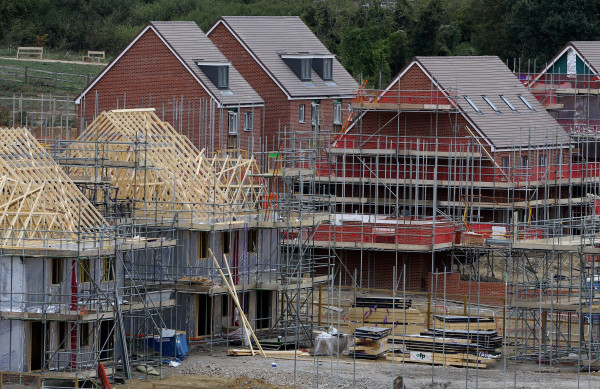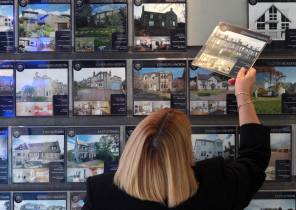

The government could look to extend the Help to Buy scheme beyond 2023 as the new secretary of state for housing has said “all options are on the table”.
Commenting on the latest Help to Buy figures, out last week (June 25), Robert Jenrick, MP for Newark and recently appointed minister for housing, communities and local government, told The Times: “The figures out are great news. It’s been a record year — over 50,000 people have taken advantage of it.
“This is a new administration, a new chancellor, I think all options are on the table. I intend to have further discussions with Sajid Javid in the weeks and months to come.”
Mr Javid was appointed as chancellor of the exchequer and Mr Jenrick as housing minister last week after Boris Johnson won the Tory leadership vote and became the UK’s new Prime Minister.
The latest Help to Buy stats showed 52,404 homes were purchased through the scheme in the year to the end of March — 9 per cent up on the previous year.
Some 83 per cent of those who used the scheme were first-time buyers — up 11 per cent on last year — while the number of those purchasing in London rocketed 30 per cent.
Through the government’s Help to Buy equity loan, buyers can borrow 20 per cent of the cost of a new build property — 40 per cent in London — from the government with no loan fees for the first five years of owning the home.
This means buyers only need a 5 per cent cash deposit and a 75 per cent (55 per cent in the capital) mortgage to make up the rest.
The scheme is set to be limited to first-time buyers from 2021 and scrapped in 2023.
According to the latest statistics, 221,405 properties have been bought using the scheme since its inception in April 2013 and the government has lent to the tune of £12.5bn.
Over the year to the end of March, the average price of a property purchase through Help to Buy was £260,218, with second steppers (non first-time buyers) averaging a £300,000 purchase with the scheme.
Most of these borrowers opted for a semi-detached property (32 per cent) while fewer than one in five bought a flat or a studio (17 per cent).
The figures also showed that 25 per cent of houses were sold on a leasehold basis, but the government recently announced an end to the practice, stating that all new-build homes are to be sold as freehold in a move to tackle unfair leasehold practices.
The government’s Help to Buy scheme has not existed without controversy and criticism, with some concerned the housing market has become too reliant on the policy in some areas.
Research showed the scheme has funded up to 97 per cent of new build sales in some regions.
Advisers were also urged to warn their clients over a possible crunch in fees earlier this year as borrowers using the scheme would face charges for the first time while others would see theirs hiked considerably.
A report from the National Audit Office also reported the scheme had left the government exposed to "significant market risk" and could leave buyers in negative equity through house price dips and other uncontrollable economic conditions.
imogen.tew@ft.com
What do you think about the issues raised by this story? Email us on fa.letters@ft.com to let us know.



